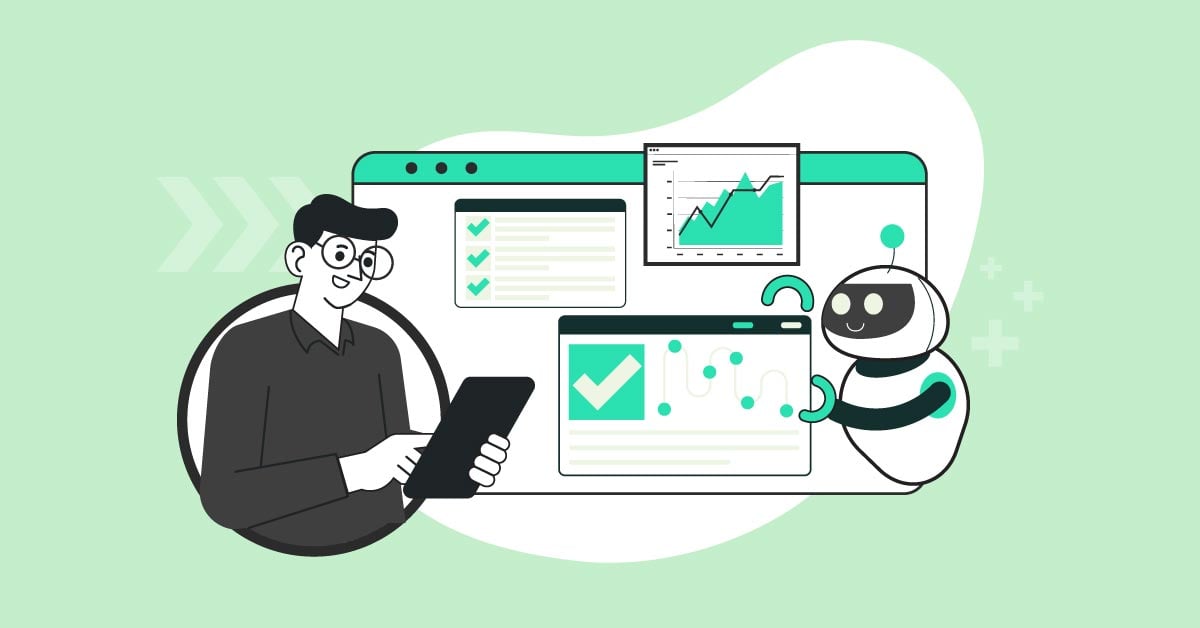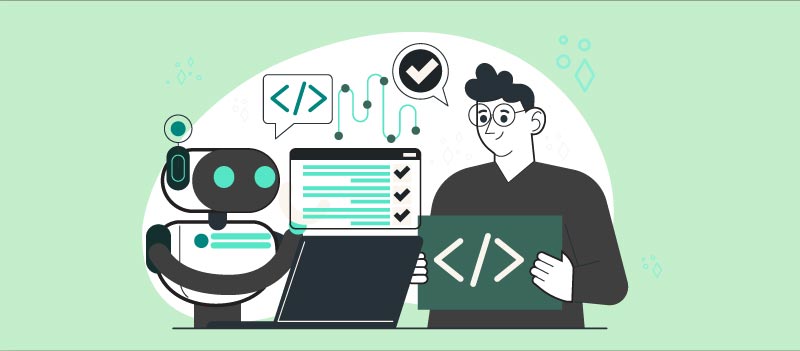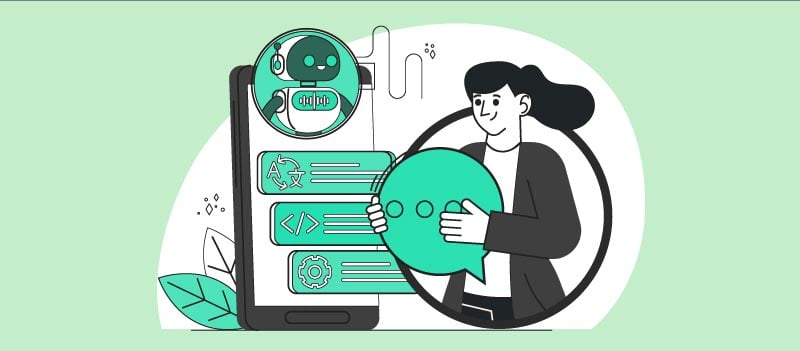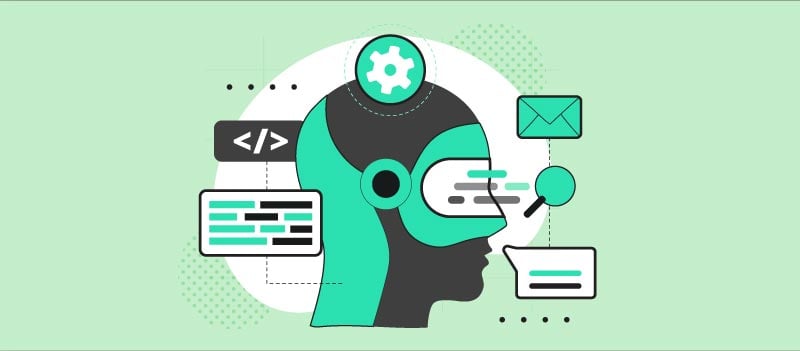
ChatGPT and other AI language models may appear intelligent, yet their inner “self” remains a mystery for many. For instance, a curious AI enthusiast might ask – does ChatGPT learn from users? In this article, we’ll delve into the intriguing relationship between users and AI models like ChatGPT, examining whether ChatGPT learns from its interactions with users and what implications this has for the future of AI.
ChatGPT Basics

ChatGPT is an innovative language model that understands human-like conversations. It’s been trained on an extensive collection of text from the web, allowing it to understand and respond to any topic or question. This training enables ChatGPT to generate text that is contextually relevant and almost similar to human-generated text.
However, ChatGPT doesn’t learn directly from users. It is a static transformer model that predicts what words to say next based on a pre-existing training dataset and the message you sent to it. It cannot “learn” new things, which means it is an advanced word-guessing engine.
The developers of ChatGPT use previous conversations to improve future versions of the model. ChatGPT learns from users indirectly, and chats will help them to create more effective GPT models.
Does ChatGPT Learn from Users: The Answer
While ChatGPT can generate language similar to how humans speak and write, it doesn’t understand language the way we do. Its operation is based on complex calculations and probabilities, not proper comprehension.
ChatGPT is trained on a massive amount of text data with over 300 billion words in the GPT-3 model.
One of the surprising features of ChatGPT is its ability to improve based on the feedback it receives from users. This user interaction is facilitated through online platforms where ChatGPT is deployed. Users can ask questions, provide feedback, and converse with the AI model.
Users interacting with ChatGPT play a crucial role in training the model. ChatGPT uses Reinforcement Learning from Human Feedback (RLHF) to fine-tune its responses. The AI model learns which answers are more favorable to users. Then, ChatGPT refines its algorithms accordingly. It doesn’t just rely on static pre-training data but rather through dynamic interactions with its users.
ChatGPT’s Ability to Adapt
The dynamic nature of ChatGPT’s learning is evident in its ability to adapt to different users and contexts. It can provide technical information to a scientist, engage in casual conversations, or even simulate the style of a particular author or era. This adaptability results from its continuous exposure to diverse user inputs and capacity to generate context-aware responses.
For example, if ChatGPT interacts with a user who asks it to emulate Shakespearean language, it can respond to a style reminiscent of the great playwright. Similarly, it can cater to users’ preferences who want concise or detailed answers, demonstrating its versatility in delivering the necessary information.
The Importance of User Feedback

User feedback is an integral part of ChatGPT’s learning process. OpenAI encourages users to provide feedback on controversial outputs, as well as on helpful responses. This feedback helps the model improve and reduce instances of generating inappropriate or incorrect information.
OpenAI has adopted the Moderation API to filter content that violates guidelines and policies. It’s a proactive measure to ensure that the interactions between ChatGPT and users remain safe and respectful. User feedback assists in refining this moderation system, making it more effective in real-world scenarios.
Ethical Considerations of ChatGPT

The utilization of recent AI models like ChatGPT raises ethical considerations. While it has many applications and benefits, it can also raise concerns about misuse and the spread of false information. As users, it is best to understand the balance between free expression and responsible use of this AI technology.
OpenAI acknowledges these ethical concerns and aims to address them by improving default behaviors, enabling users to customize AI behavior within broad boundaries, and seeking public input on AI policy and deployment. They recognize the need for collective decision-making and careful consideration of the implications of AI systems like ChatGPT.
The dynamic interaction between ChatGPT and users is a sign of things to come in the field of artificial intelligence. This user-model relationship is not static but constantly evolving. As AI models continue to improve and adapt, the possibilities for their applications are boundless.
We can expect AI models like ChatGPT to become even more proficient in understanding and catering to user needs. These modern technologies will continue to be valuable tools for gathering information and content generation. Still, the challenge lies in leveraging this technology for the benefit of society while minimizing its potential for harm.
Final Thoughts
The answer to “Does ChatGPT learn from users?” is like a two-way street. Users provide inputs, feedback, and guidance that help shape the model’s behavior and responses. ChatGPT adapts and learns from these interactions, striving to provide more accurate, relevant, and helpful answers.
The continuous learning and adaptability of ChatGPT show the continuous improvement of AI technology. Again, this progress raises ethical considerations that demand careful attention. OpenAI’s commitment to responsible AI deployment, user customization, and public input reflects the dedication to harnessing AI for positive results.
The future of AI interaction looks promising, but it requires a collective effort to ensure that AI models like ChatGPT are used ethically and responsibly. As users, we can shape AI’s development and behavior, unlocking the full potential of this remarkable technology.
About the author

Rowena Zaballa
With a background as a former government employee specializing in urban planning, Rowena transitioned into the world of blogging and SEO content writing. As a passionate storyteller, she uses her expertise to craft engaging and informative content for various audiences.













